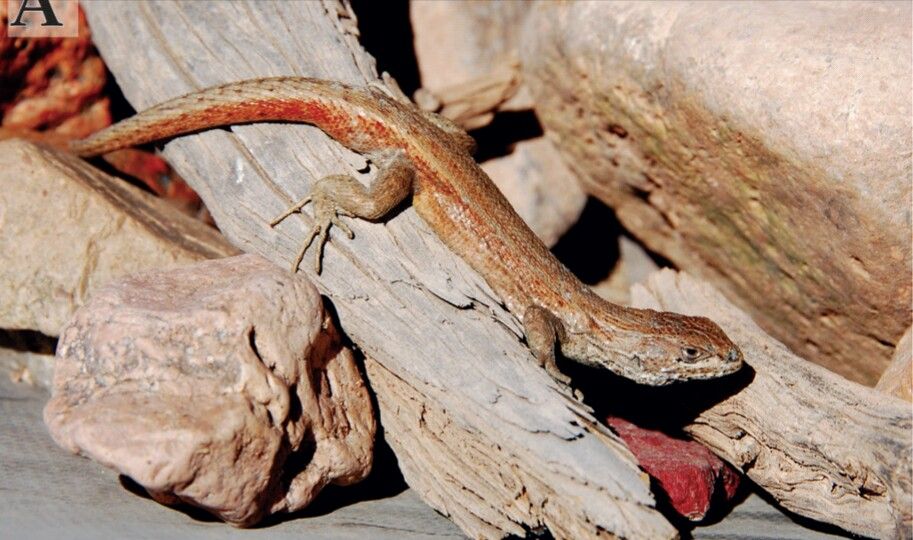Post by Ceratodromeus on Jan 5, 2016 8:13:22 GMT 5

Scientific Classification
Kingdom: Animalia
Phylum: Chordata
Subphylum: Vertebrata
Class: Sauropsida
Order: Reptilia
Infraorder: Iguania
Family: Liolaemidae
Genus: Liolaemus
Species: L.yalguaraz
Description
This is a recently discovered, small lizard of the widely encompassing(~262species) Liolaemus genus. Background dorsal coloration is a bronze-brown, with small black spots running from the nape of the neck to just about the tip of the tail. A lighter brown coloration can be found on both sides of males and females, with a brighter red stripe below it; running down the lizards' entire length. Males and females look very similar, and sexual dimorphism is present to a slight degree. Males measure approximately 51.6-59.6mm(2.0-2.3in) in snout-ventral length, while females measure a slightly more modest 46.4-56.9mm(1.8-2.2in); tail length is ranges from 77.4-96.5mm(3-3.7in) {1}
---
{1} A New Species of Liolaemus of the Liolaemus alticolor‑bibronii Group (Iguania: Liolaemidae) from Mendoza, Argentina
Abstract
We describe a new species of Liolaemus of the L. alticolor-bibronii group of the subgenus Liolaemus sensu stricto. Liolaemus bibronii has a large geographic distribution; however, preliminary studies suggest that it comprises a species complex. The new species is phenetically similar to L. bibronii and was confused with this taxon for many years. Nevertheless, the new species presents a combination of character states that clearly differentiate it. Also, the new taxon is distributed far from L. bibronii type locality (ca. 1,600 km). It differs from other species of Liolaemus in presenting a unique color pattern and a combination of morphological character states from lepidosis and morphometry. The new species inhabits pre-Andean localities in Uspallata, Las Heras department, northwest Mendoza Province, and is an insectivorous and oviparous species. With the description of this new taxon, the number of species of the L. alticolor-bibronii group rises to 30, but many populations still remain undescribed.


